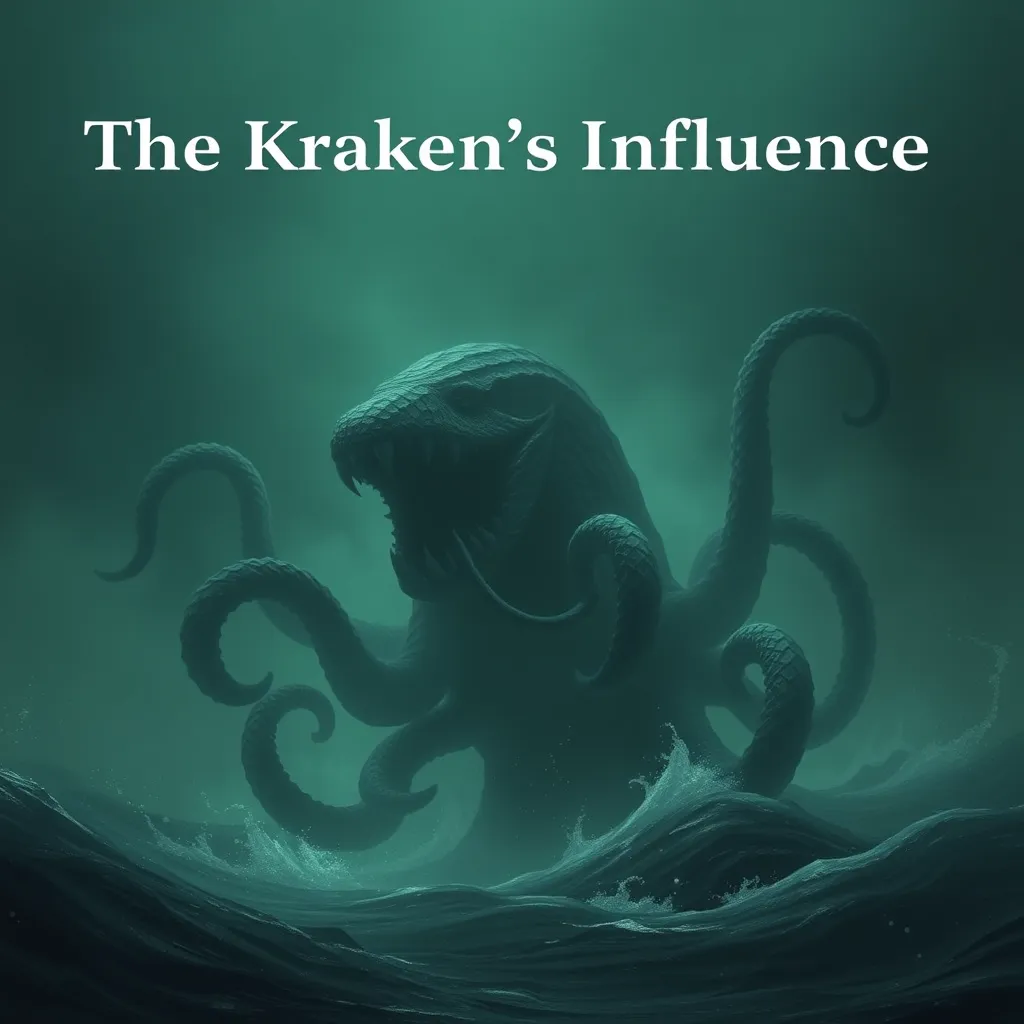Hydra in History: Exploring the Monster’s Influence on Historical Events and Beliefs
I. Introduction
The Hydra, a multi-headed serpent from Greek mythology, serves as a powerful symbol embodying chaos, fear, and the struggle against overwhelming odds. Traditionally depicted as a creature with many heads, where cutting one off results in two more growing back, the Hydra has fascinated humanity for centuries.
Throughout various cultures, the Hydra has been a significant figure, representing not just a physical monster but also the metaphorical challenges faced by societies. This article aims to explore the Hydra’s influence on historical events and beliefs, illustrating its role in shaping narratives across time and culture.
II. The Mythological Origins of the Hydra
In Greek mythology, the Hydra is famously associated with the Twelve Labors of Heracles, where it was said to dwell in the swamps of Lerna. Heracles was tasked with slaying the beast as one of his labors, a feat that proved to be more complicated than anticipated due to the creature’s regenerative abilities.
The characteristics of the Hydra are rich in symbolism. Each head can be seen as representing different forms of chaos and adversity, while its ability to regenerate symbolizes the persistence of challenges. Ancient texts often depict the Hydra as a representation of chaos and evil, embodying the struggles against tyranny and disorder.
III. The Hydra and Ancient Civilizations
The Hydra had a profound impact on ancient Greek culture, serving as a cautionary tale about hubris and the nature of evil. In literature, the creature appears in works by writers such as Hesiod and Apollodorus, showcasing its role as a formidable opponent that must be vanquished to restore order.
Roman culture later adopted the Hydra, modifying the narrative to fit their political and social contexts. The creature became synonymous with the struggles of the Roman Empire against its enemies, illustrating the ongoing battle between civilization and chaos.
Other ancient civilizations also produced similar myths, such as:
- Mesopotamia: The monster Tiamat, a dragon-like figure representing chaos in the creation myth.
- Egypt: Apep, a serpent representing chaos and evil, constantly battling the sun god Ra.
These comparisons highlight a universal understanding of chaos and the efforts to control it, further emphasizing the Hydra’s role in human consciousness.
IV. The Hydra as a Political Symbol
The metaphor of the Hydra has found its way into political discourse across history. Leaders and movements have employed the imagery of the Hydra to illustrate the nature of their challenges, often referring to oppressive systems or ideologies that, when attacked, appear to grow stronger and more numerous.
Notable historical figures, such as revolutionaries and freedom fighters, have adopted Hydra imagery. For instance:
- The French Revolution, where the Hydra represented the monarchy and its many repressive arms.
- The American Revolution, with the Hydra symbolizing British tyranny that could not be easily vanquished.
Case studies in revolutionary rhetoric demonstrate how the Hydra serves as a powerful symbol for describing the multifaceted nature of oppression and the struggle for liberation.
V. The Hydra in Art and Literature
The Hydra has been depicted extensively in classical art and sculpture, often showcased as a fearsome creature in battles with heroes like Heracles. These artistic representations serve to immortalize the struggle between good and evil, chaos and order.
During the Renaissance, the Hydra’s influence continued, appearing in various artistic works that explored themes of duality and conflict. Notable works featuring the Hydra include:
- Heracles and the Hydra by Antonio Pollaiuolo, showcasing the dramatic struggle between the hero and the monster.
- Literature such as Dante Alighieri’s “Divine Comedy,” where symbolic monsters represent moral challenges.
These analyses reveal how the Hydra continues to resonate within artistic expressions, symbolizing deeper human struggles.
VI. The Hydra in Religion and Philosophy
In religious contexts, the Hydra represents more than just a mythological beast; it embodies the challenges faced by believers. The creature appears in various religious texts, often symbolizing the trials that test faith and resilience.
Philosophically, the Hydra can be interpreted as a metaphor for human challenges, representing the idea that the more we attempt to overcome certain issues, the more complex and numerous they may become. This interpretation encourages a deeper reflection on the nature of struggle and perseverance.
Contemporary spiritual movements also draw on the symbolism of the Hydra, using it to discuss personal growth and transformation in the face of adversity.
VII. The Legacy of the Hydra in Modern Culture
In modern culture, the Hydra has evolved into a prominent figure in popular media, appearing in films, video games, and literature. Its mythological roots continue to inspire creators, offering a rich tapestry of narrative possibilities.
Examples of the Hydra in modern media include:
- Marvel Comics, where Hydra is an organization representing chaos and evil.
- Video games like “God of War,” which feature the creature as a formidable foe.
This ongoing relevance in cultural discussions illustrates how the Hydra serves as a cautionary tale about the persistence of chaos in society, reminding us of the complexities of human experiences.
VIII. Conclusion
The Hydra’s historical influence is profound, permeating various aspects of human culture, politics, and art. From its mythological origins to its role as a powerful political symbol, the Hydra has shaped narratives reflecting humanity’s struggles against chaos and adversity.
Reflecting on the enduring power of myth, we recognize the Hydra’s role in shaping beliefs and events throughout history. As we continue to confront our own modern-day Hydras, the lessons embedded in this ancient myth remain crucial for understanding humanity’s complex journey.
In conclusion, the Hydra stands not only as a creature of myth but as a symbol of the challenges that define human existence, reminding us that the battle against chaos is a timeless endeavor.




